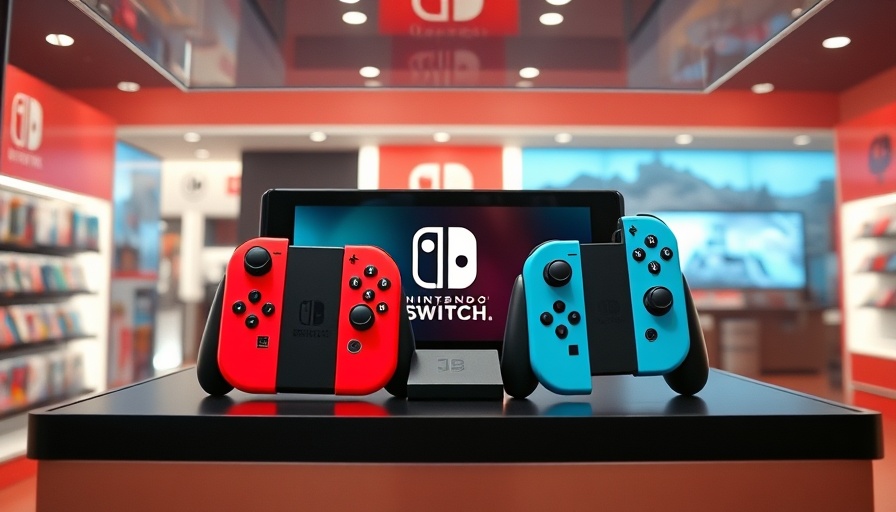
Nintendo Switch 2 Pricing: A Closer Look
In what will likely be one of the most significant moments in gaming this year, Nintendo’s announcement regarding the price of the highly anticipated Switch 2 has brought mixed feelings among fans and potential buyers alike. Officially set at $449.99 for the U.S. market, the expected price point was confirmed amidst growing concerns over rising costs prompted by tariffs imposed during previous administrations. Yet, consumers can take solace in the fact that, despite changes in market conditions, Nintendo has managed to keep this core price steady.
Understanding the Impact of Tariffs on Tech Prices
The looming shadow of trade tariffs has been a major concern for many industries. Electronic devices, particularly video game consoles, are not exempt. While some products like smartphones are shielded, consoles remain vulnerable, leading many to fear significant price hikes. However, Nintendo’s choice to maintain the Switch 2’s base price signals a strategic approach to absorb some of the cost pressures. This could very well set a precedent for other gaming companies to follow.
How Accessories Are Affected by Market Changes
While the console itself will retain its pricing, the accessories aren't as fortunate. Fans looking to purchase items, such as the new Switch 2 Pro Controller and Joy-Cons, should anticipate increases of about $5 each. For instance, the Pro Controller's price is now adjusted to $84.99 from $79.99, reflecting not only inflation but potentially the effects of continuing market adjustments. Such increases may leave some buyers wondering whether the advantages of these new accessories outweigh the costs.
Why Stable Game Prices Matter to the Market
In addition to the console and accessories, Nintendo confirmed that key launch game prices will remain unchanged. New titles such as Mario Kart World and Donkey Kong Bananza are still set to retail at $79.99 and $69.99 respectively. This decision is crucial for ensuring that the gaming landscape remains accessible, especially in a market facing pivotal shifts in pricing. Many gamers prioritize value, making this stability all the more significant for Nintendo as they launch this vital new piece of hardware.
The Broader Landscape: Price Adjustments Across the Industry
Nintendo's strategic pricing decisions come against a backdrop of rising prices from competitors, such as Sony’s recent announcement to increase PlayStation 5 costs in several regions, including Europe and Australia. These global shifts suggest the gaming industry is grappling with similar challenges. Considering Nintendo's commitment to avoiding price hikes for its core products, it will be interesting to see if further competitors follow suit to retain market share.
The Consumer Perspective: Navigating New Costs
From the consumer's viewpoint, understanding these nuanced changes is crucial. While the base costs of consoles may not have changed, subsequent accessory price increases can act as deterrents, particularly for budget-conscious consumers or those just entering the gaming world. With the added backdrop of shifting economic conditions, gaming enthusiasts might adjust their spending habits, weighing the tangible benefits against rising costs.
Looking Ahead: Future Pricing Trends in the Gaming Sector
As the gaming market evolves, enthusiasts are left to ponder where prices might be heading. With other gaming giants likely to follow suit, price fluctuations seem inevitable. The enduring question remains—will Nintendo and its competitors find a balance that caters to consumer needs while adapting to economic pressures? Observing upcoming trends could provide valuable insights into future pricing strategies in gaming.
In summary, Nintendo's strategic move to maintain the price of the Switch 2 while adjusting accessory prices reflects a careful navigation through challenging economic waters. For gamers and tech enthusiasts alike, staying informed about these changes can help in making well-rounded decisions as we approach important launches in the gaming calendar.
 Add Row
Add Row  Add
Add 



Write A Comment